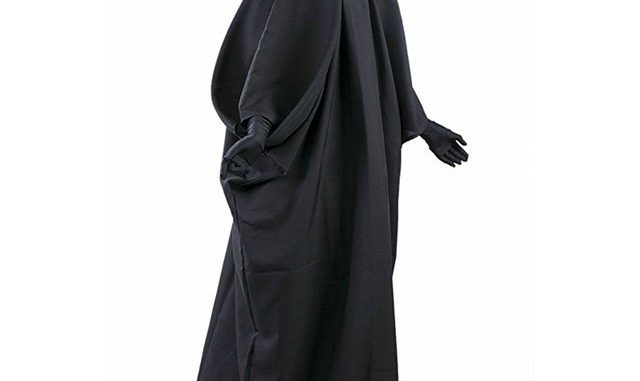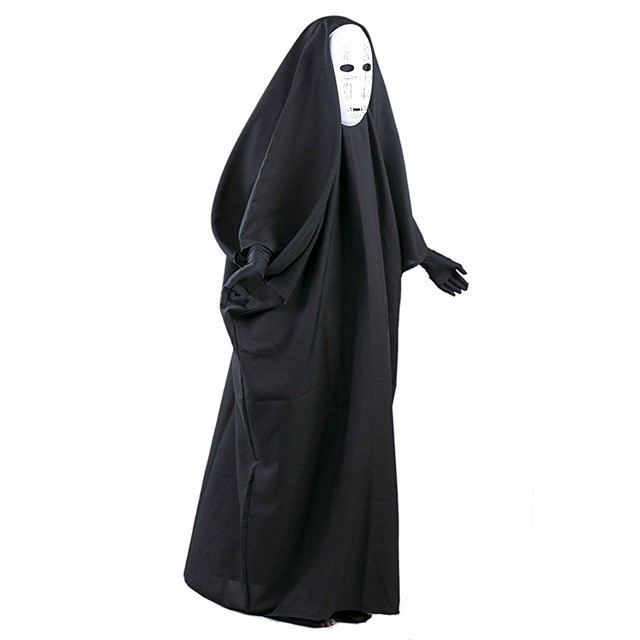
The Children of the Faceless God are a mystery cult that was established about six decades ago by a half-elf named Tarsun. As a child and young man, he was constantly plagued by nightmares and waking visions of suffering and pain that he could not explain. The visions became stronger and more often as he grew until he withdrew completely from regular society. He spent many years in places unknown. And while he has shared some details with his most fervent followers, only he knew all the details of the religious and spiritual ecstasy that claimed him during that time, taking them to his grave. When he returned to society, he was a completely changed person. Where he was once plagued with wracking spasms brought on by the visions he now stood tall and steady. Strange designs and runes were etched deeply into both of his arms and across his chest and back. And he wore a completely blank mask of black steel that covered his entire face. Tarsun wasn’t the only one who had changed. The realm had undergone world-shaking changes as well with several kingdoms and monarchies consigned to the history books as they were crushed and absorbed into a foreign Empire in several bloody and vicious campaigns.
For the next few years, he preached a new and volatile message of bleakness and pain. The only thing that was ultimately promised to anyone in this life was the finality of Oblivion, a return to the faceless god that created all of reality. The nihilistic visions of this new prophet spoke to those that had survived the recent military campaigns, both soldier and citizen alike, and he soon gained a small following. The cult grew steadily for several decades before Tarsun himself was assassinated by an agent of the Emperor that feared the influence he was proving to have while trying to stabilize the occupied lands. Tarsun had no true successor, and several of his most fervent believers fell on each other to decide who would take the black mask. What ultimately happened to them is still a mystery, but they and the mask disappeared and have not been seen since. Some say they were also the targets of assassination and that the black mask now sits in the Emperor’s treasure room. Others speak that the mask sits in a place of darkness and pain, waiting to be discovered by someone worthy of bearing the same truths that Tarsun did.
The cult did not die, however. The views that Tarsun had preached had taken hold in the greater community and were not wiped out with him. But the focus was changed. Instead of the religious ecstasy of pain and misery, the message that took hold was the concept that there was nothing that in death, nothing separated the weak from the mighty, the rich from the poor. The group transitioned from religious cult to secret society over the next few years, a form that they still hold now. They still conduct numerous rituals that were passed down from Tarsun originally, but they do so less out of dogma and more out of simple tradition as well as a way to appeal to new members who may wish to join. Truth be told, the elders of the group know very little about the reasons for the rituals or what they are meant to accomplish. In fact, they can’t even be sure if they are doing them correctly. Whatever universal truths they may have been meant to help uncover died with Tarsun or disappeared with his inner circle.

Many followers of the Children of the Faceless God still believe in some of the core spiritual tenets that were originally taught and ascribe some measure of meaning to the rituals and various symbols of their order, but they have been tempered a bit. They believe that the deities commonly worshiped by the rest of the people of the realms are nothing more than charlatans and false beings. They undeniably have power, but they believe it to be of no real consequence, and the only power comes from the one and only god of creation and destruction, a deity that takes no form and carries no face. He creates with one hand and destroys with the other. Life is nothing more than a constant cycle of creation and destruction – we are not made in his image and he cares not for us in any capacity. He simply is.
As such, during meetings and rituals, the group wear the same formless robes and blank masks. This is less to attempt to connect with the primal force they believe in and more to remind them that they are all one and the same in the end. Conveniently, it has also served as a measure of protection as the group has evolved to carry a decidedly anti-Imperialist bent over time – they cannot be identified by authorities or by captured members of the society. They strike in the dark, bringing pain and misery to their oppressors instead of onto themselves like Tarsun and his first followers did.
The Children of the Faceless God can be any number of things to PCs – allies, foes, roadblocks, or a source of amusement at their costume choices. An easy way to introduce this secret society is to have them encounter several agents while they on their own mission – either for or against the occupying forces. They might find steady (if slightly strange) allies if they seek to drive the Imperial occupation out. But what happens if the Children’s message of nihilistic egalitarianism then manifests itself in an anti-Royalist message? If the PCs are staunch loyalists however, they could find themselves tasked with infiltrating this group in order to bring it down from the inside. Who knows what they might learn while inside the organization? The current elders might even know more about the founder’s secrets than they let on…
